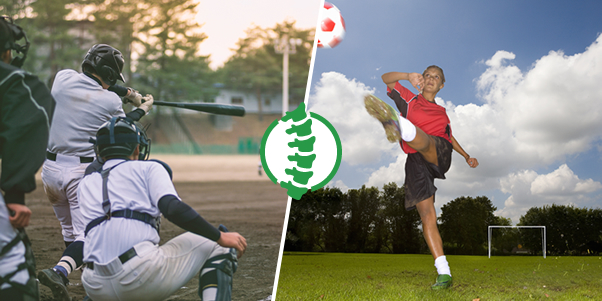ART is a patented, state of the art soft tissue system/movement based massage technique that treats problems with muscles, tendons, ligaments, fascia and nerves. Headaches, back pain, carpal tunnel syndrome, shin splints, shoulder pain, sciatica, plantar fasciitis, knee problems, and tennis elbow are just a few of the many conditions that can be resolved quickly and permanently with ART. These conditions all have one important thing in common: they are often a result of overused muscles. Read More

HOW TO RELIEVE HEADACHES USING ACTIVE RELEASE
There is a solution for all types of headaches. We just have to identify the cause and determine the best treatment for yours. Dehydration, stress, sinus congestion and medications are all common causes of headaches. Read More
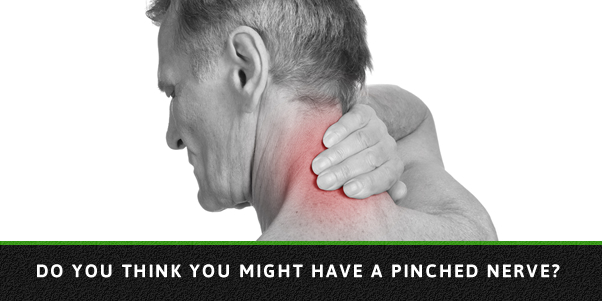
“Pinched nerve” is a term that gets thrown around a lot. The definition is when a nerve gets trapped between two structures. This can be a nerve root trapped between a swollen disc and part of the vertebra, or trapped within the adhesions (or scar tissue) of a dysfunctional muscle. Read More
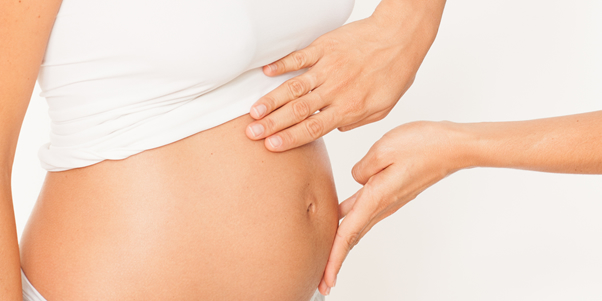
Are chiropractic adjustments safe during pregnancy? Absolutely! Not only are chiropractic adjustments safe during pregnancy, they are encouraged. Womens’ bodies go through many changes during those 40 weeks, and some of them can cause aches and pains throughout your body. Read More
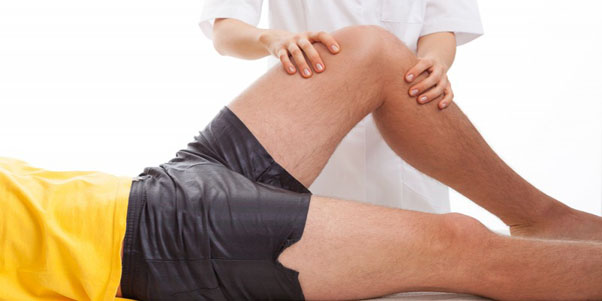
BY VALERIE BERENYI, CALGARY HERALD
The article below explains two of the treatments that our Chiropractors here at Spine and Sports Chiropractic offer and are certified in. Both Active Release Technique and Graston are used to get injured or sore muscles moving again, pain free and improved performance. It’s worth the read, and if you are experiencing sore or injured muscles, give us a call at 406-388-1446.
Read More

In my 23 years as a chiropractor, I’ve seen countless patients this time of year who complain of foot, knee, hip, and back pain. Be it hikers logging trail miles or hunters traversing uneven terrain, they often suffer from the same problem: overpronation of the foot…
Visit the full article in the online addition of Outside Bozeman >
Read More
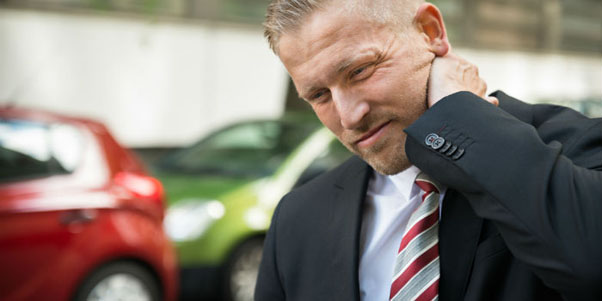
WHIPLASH/AUTO ACCIDENTS
If you are suffering from neck pain, headaches, dizziness, shoulder pain, low back pain, sciatica, or other injuries from your car accident. Read More
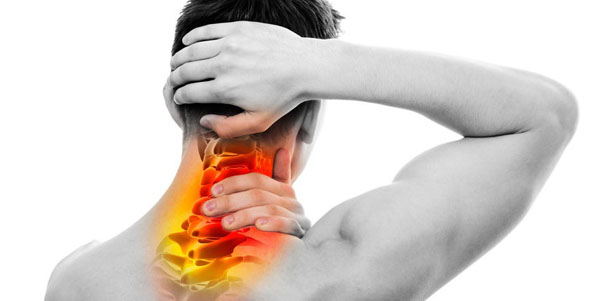
COMMON CAUSES FOR NECK AND UPPER BACK PAIN
Most neck and upper back pain is caused by a combination of factors, including injury, poor posture, chiropractic subluxations, stress, and in some instances, disc problems. Read More
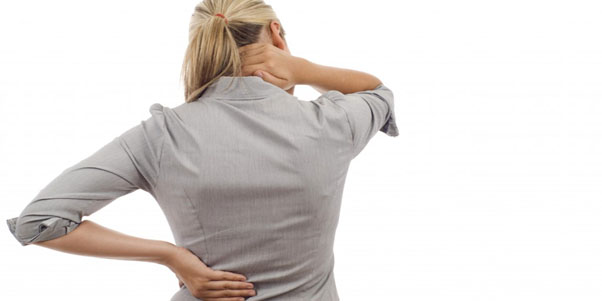
SO WHAT DOES CAUSE BACK AND NECK PAIN?
Most people do not realize how much they move their neck during the day until they are unable to do so. The degree of flexibility of the neck, coupled with the fact that it has the least amount of muscular stabilization and it has to support and move your 14 – 16 pound head, means that the neck is very susceptible to injury. Read More

